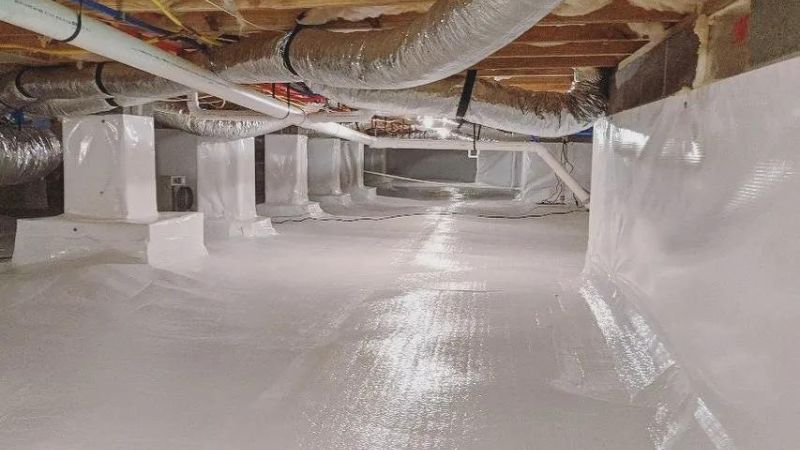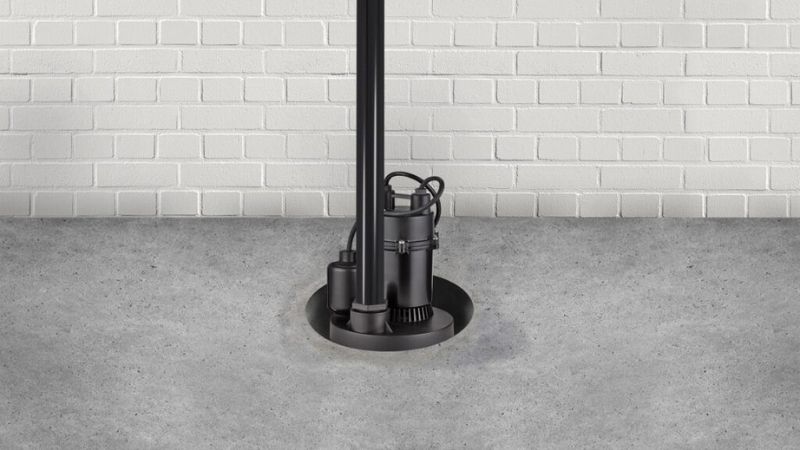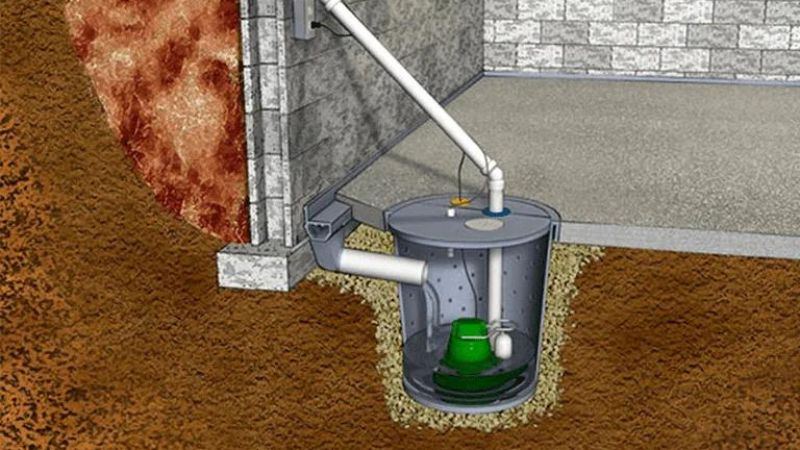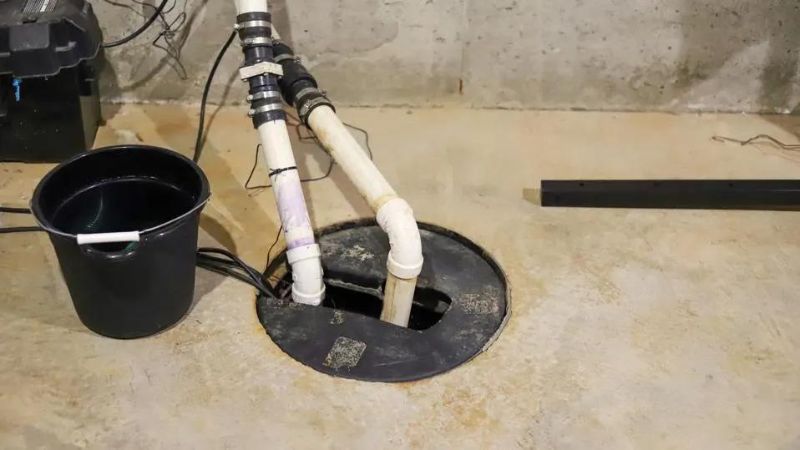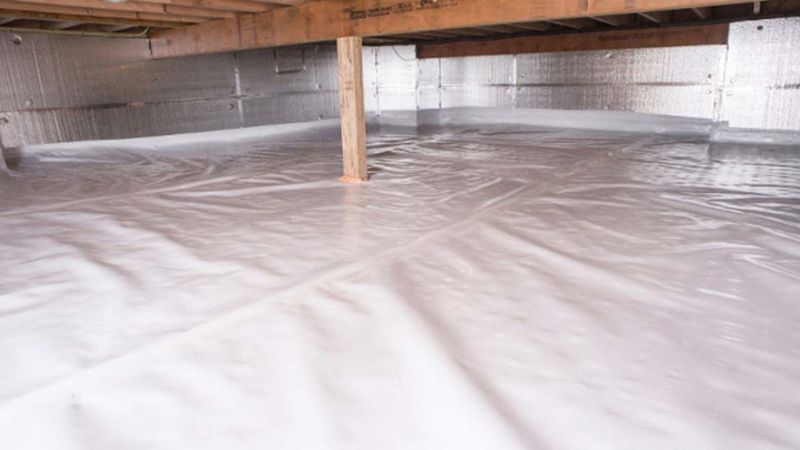Crawl space encapsulation is a crucial process for homeowners seeking to enhance the structural integrity, energy efficiency, and indoor air quality of their homes. Often neglected yet integral to overall home health, crawl spaces can harbor moisture, mold, and even pests if not properly maintained. Encapsulation involves sealing off the crawl space from external elements, creating a controlled environment that mitigates moisture infiltration and improves thermal regulation.
By implementing a systematic approach to crawl space encapsulation, homeowners can significantly reduce the risk of structural damage caused by moisture and mold, while also lowering energy bills through improved insulation and temperature control. This comprehensive guide outlines seven essential steps to achieving effective crawl space encapsulation. From initial assessment and moisture control to insulation, vapor barrier installation, and ongoing maintenance, each step plays a crucial role in creating a healthier and more sustainable home environment. By following these guidelines, homeowners can ensure their crawl spaces contribute positively to the overall comfort and longevity of their residences.
Steps to Proper Crawl Space Encapsulation
Assessment and Preparation:
Before starting the encapsulation process, a thorough assessment of the crawl space is crucial. This involves inspecting for any signs of moisture, mold, or structural issues. Addressing these early ensures a solid foundation for encapsulation. Clearing out debris such as old insulation or items left in the crawl space is essential to provide a clean workspace and prevent any hindrances during installation.
Also Read : 7 Common Foundation Problems and How to Fix Them
Sealing Vents and Openings:
The next step involves sealing off all exterior vents and openings leading into the crawl space. This prevents outside air, moisture, and pests from entering, which are common causes of humidity and mold problems in crawl spaces. Proper sealing also helps in maintaining consistent temperature levels within the crawl space, which contributes to energy efficiency.
Repairing and Leveling the Floor:
Address any structural issues found during the assessment phase, such as sagging beams or uneven floors. Ensuring the crawl space floor is level and stable is essential for the proper installation of vapor barriers and insulation materials later on. This step lays the groundwork for a durable and effective encapsulation.
Installing Vapor Barrier:
Choosing the right vapor barrier is crucial for effective moisture control. Typically made of durable polyethylene, the vapor barrier should be selected based on climate considerations and the specific needs of the crawl space. It’s essential to cover the entire crawl space floor and extend it up the walls. Securely fastening the barrier and ensuring overlaps are properly sealed with tape or mastic prevents moisture from seeping through.
Insulating Walls and Rim Joists:
Insulating the crawl space walls and rim joists helps in maintaining consistent indoor temperatures and reducing energy costs. Using insulation materials suitable for crawl spaces, such as rigid foam boards or spray foam, ensures effective thermal protection. Proper installation and sealing of insulation around walls and joists prevent heat loss and further moisture intrusion, enhancing the overall energy efficiency of the home.
Also Read : 10 Reasons to Prioritize Foundation Repair
Sealing the Crawlspace:
Thoroughly sealing all gaps, seams, and joints within the crawl space is essential for preventing air leakage and moisture penetration. Caulking and using a durable sealant around pipes, vents, and other openings help in maintaining the integrity of the encapsulation. Applying mastic or specialized tape to seal seams in the vapor barrier adds an extra layer of protection against moisture and humidity.
Monitoring and Maintenance:
After completing the encapsulation process, regular inspections are necessary to ensure its effectiveness over time. Monitoring for signs of moisture, mold growth, or any structural issues allows for timely intervention and maintenance. Maintaining optimal humidity levels within the crawl space and addressing any issues promptly helps in preserving the integrity of the encapsulation and prolonging its benefits for the home’s overall health and energy efficiency.
Conclusion
In conclusion, proper crawl space encapsulation is a wise investment for homeowners, offering benefits such as enhanced structural durability, improved energy efficiency, and better indoor air quality. By following the outlined steps and maintaining regular inspections, homeowners can effectively safeguard their homes against moisture-related issues and ensure a healthier living environment for years to come. Investing in crawl space encapsulation not only protects the home’s foundation but also contributes to long-term savings and comfort, making it a valuable addition to any home maintenance strategy.
FAQs
What is crawl space encapsulation?
Crawl space encapsulation involves sealing off the crawl space to prevent moisture intrusion and improve energy efficiency.
Why is crawl space encapsulation important?
It helps prevent moisture-related issues like mold growth, improves indoor air quality, and enhances the structural integrity of your home.

